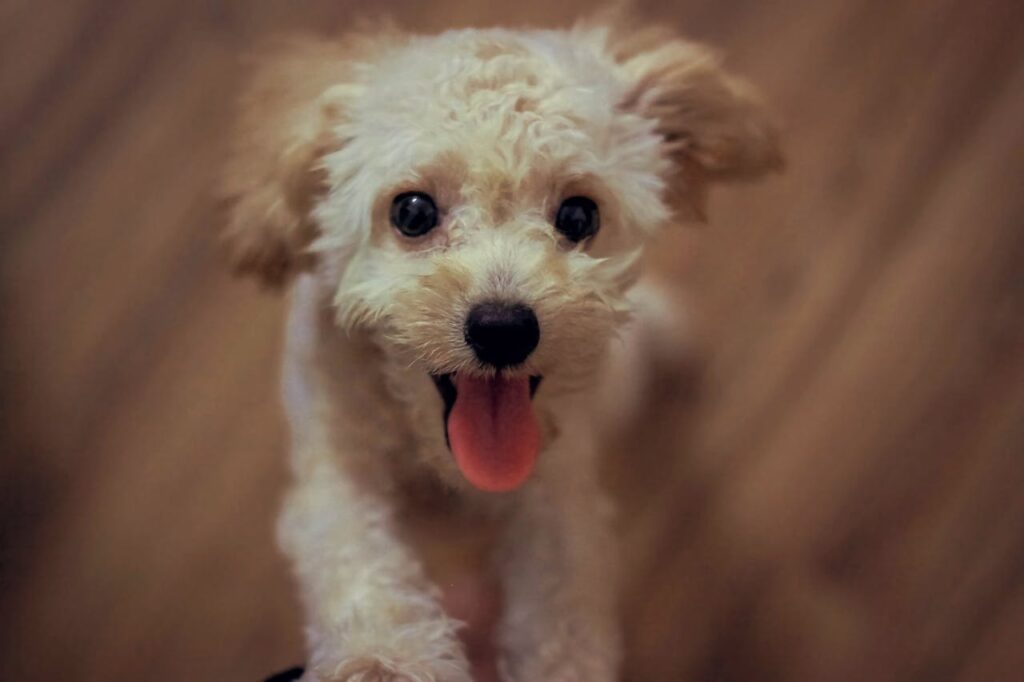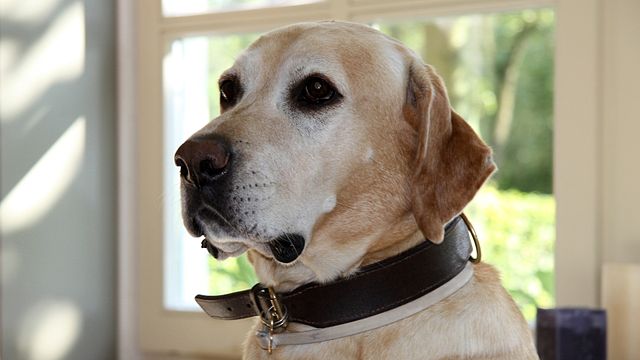Welcoming a puppy into your home is an exhilarating experience. However, along with the undeniable cuteness, comes the responsibility of proper puppy training. You have to ensure your furry friend grows into a well-behaved and balanced companion. Puppy training is not just about teaching basic commands; it’s about fostering a positive relationship built on trust, communication, and mutual respect.
Understanding the Importance of Puppy Training
Puppy training lays the foundation for a harmonious coexistence between you and your four-legged friend. It goes beyond preventing accidents on the carpet or curbing unwanted behaviors. It also instills discipline, boosts confidence, and enhances mental stimulation for your pup. Moreover, a well-trained dog is a happier dog, capable of navigating various social situations with ease.
Building the Foundations of Canine Companionship
Embarking on the journey of puppy parenthood is an exciting adventure filled with endless cuddles, boundless energy, and heart-melting moments. Yet, nestled within this whirlwind of joy lies a crucial responsibility: puppy training. Beyond merely teaching your furry companion to sit and stay, puppy training serves as the cornerstone for cultivating a well-mannered, balanced, and happy dog.
The Essence of Obedience and Beyond
At its core, puppy training transcends the realm of obedience. It also lays the groundwork for a harmonious relationship based on trust, communication, and mutual respect. By investing time and effort into training your puppy, you’re not only shaping their behavior but also fostering a deep bond that will endure for years to come.
Equipping Your Canine Companion for the World
Essentially, puppy training is akin to providing a roadmap for your canine companion to navigate the complexities of the human world. It equips them with the skills and knowledge necessary to interact positively with their environment, whether it be greeting strangers with a wagging tail or walking politely on a leash.
Confidence Building Through Training
Proper training instills confidence in your puppy. This empowers them to tackle new experiences and challenges with enthusiasm rather than fear. By teaching them to understand and respond to commands, you’re providing them with a sense of security and assurance, knowing that you’re there to guide and protect them.
Mental Stimulation: A Training Side Effect
Furthermore, puppy training serves as a form of mental stimulation, keeping your furry friend engaged and mentally sharp. Through interactive training sessions, you’re not only exercising their bodies but also stimulating their minds, preventing boredom and destructive behaviors.
A Foundational Aspect of Responsible Pet Ownership
In essence, the importance of puppy training cannot be overstated. It is a foundational aspect of responsible pet ownership, essential for nurturing a well-adjusted and well-behaved canine companion. So, as you embark on this journey with your furry friend, remember that investing in their training is an investment in a lifetime of love, companionship, and joy.

Essential Puppy Training Techniques
In the realm of puppy training, mastering the fundamentals is key to fostering a well-behaved and balanced canine companion. Here are some essential techniques to remember when embarking on the journey of puppy training:
Start Early: Setting the Stage for Success
As the saying goes, “you can’t teach an old dog new tricks,” emphasizing the importance of early intervention. Puppies possess a remarkable capacity for learning, with their brains like sponges ready to absorb information. Commence training as soon as you welcome your puppy into your home, ideally between the ages of 8 to 12 weeks, when they are most receptive to new experiences.
Starting early gives your puppy a head start in learning important behaviors that will set the tone for their future development. By introducing training from an early age, you establish a strong foundation for a well-mannered and obedient companion.
Focus on Basic Commands: Building Blocks of Obedience
Establish a solid foundation by teaching your puppy basic commands such as sit, stay, come, and heel. Keep training sessions short and engaging, typically lasting 10 to 15 minutes, to maintain your puppy’s attention and prevent boredom. Repetition is crucial; practice commands in various environments to generalize learning and reinforce obedience in different situations.
Basic commands form the building blocks of obedience training. By teaching your puppy these essential commands, you lay the groundwork for more advanced training and ensure they have the skills to navigate everyday situations with ease.
Socialization is Key: Cultivating a Well-Rounded Companion
Expose your puppy to a diverse range of experiences, including interactions with different people, animals, sounds, and environments, from an early age. This socialization process is vital for shaping your puppy’s behavior and reducing the likelihood of fearfulness or aggression towards unfamiliar stimuli later in life. Consider enrolling in organized puppy classes or arranging supervised playdates to facilitate positive social interactions in a controlled setting.
Socialization plays a crucial role in helping your puppy become a well-rounded and confident companion. By exposing them to various stimuli in a positive and controlled manner, you help them develop the social skills they need to thrive in different situations.
Positive Reinforcement: Harnessing the Power of Encouragement
Central to effective puppy training is the principle of positive reinforcement. Rather than resorting to punishment for undesirable behaviors, focus on rewarding good behavior with treats, praise, and affection. This approach not only accelerates learning but also strengthens the bond between you and your puppy, fostering a relationship built on trust and mutual respect.
Positive reinforcement creates a positive learning environment where your puppy feels motivated to learn and eager to please. By rewarding desired behaviors, you encourage your puppy to repeat them, making training sessions enjoyable for both of you.
Consistency is Key: Establishing Clear Guidelines
Consistency is paramount in puppy training. Use the same commands and gestures consistently to avoid confusion and reinforce learning. Set clear expectations for your puppy’s behavior and enforce boundaries consistently. By maintaining a consistent training routine, you’ll help your puppy understand what is expected of them, paving the way for successful learning outcomes.
Consistency provides structure and clarity for your puppy, making it easier for them to understand and follow your instructions. By setting clear guidelines and sticking to them, you create a predictable environment where your puppy feels secure and confident.
Patience and Persistence: Embracing the Learning Journey
Above all, patience and persistence are essential virtues when it comes to puppy training. Understand that learning takes time, and setbacks are a natural part of the process. Celebrate small victories and be patient with your puppy as they navigate the learning curve. With dedication and perseverance, you’ll cultivate a strong bond with your furry companion and lay the groundwork for a lifetime of mutual understanding and companionship.
Patience and persistence are key ingredients in successful puppy training. Remember to remain calm and positive, even when faced with challenges, and trust that with time and effort, your puppy will progress and become the well-behaved companion you envision.

Troubleshooting Common Challenges
Address these common challenges when puppy training. This guarantees the best results for your puppy and for you.
Potty Training Woes: Navigating Accidents with Patience
Accidents are an inevitable part of puppyhood, but consistent potty training can minimize mishaps. Establish a regular schedule for feeding and bathroom breaks, and praise your puppy lavishly when they eliminate in the appropriate spot. Clean accidents thoroughly to remove any lingering scent markers that may attract your puppy back to the same spot.
Nipping and Chewing: Redirecting Destructive Behaviors
Puppies explore the world with their mouths, which can result in nipping and chewing behaviors. Provide plenty of appropriate chew toys to redirect their attention away from forbidden items. If your puppy bites during play, yelp or say “ouch” in a high-pitched tone to mimic the response of a littermate, signaling that the behavior is too rough.
Leash Pulling: Teaching Polite Walking Etiquette
Many puppies exhibit excitement-induced leash pulling, making walks a tug-of-war battle. Counter this behavior by teaching your puppy to walk politely on a leash using positive reinforcement techniques. Start with short, controlled walks and reward your puppy for walking calmly by your side. Consistency and patience will help your puppy understand that pulling on the leash doesn’t lead to forward movement.
Separation Anxiety: Easing Your Puppy’s Distress
Separation anxiety can manifest as destructive behavior, excessive barking, or whining when your puppy is left alone. Gradually accustom your puppy to alone time by starting with short absences and gradually increasing the duration. Provide plenty of mental and physical stimulation before leaving and leave comforting items such as a favorite toy or blanket to help ease their anxiety.
Jumping Up: Encouraging Greeting Etiquette
Puppies often greet people by jumping up, which can be cute as a pup but problematic as they grow. Discourage this behavior by turning away or ignoring your puppy when they jump up and only giving attention when all four paws are on the ground. Reward calm greetings with treats and praise to reinforce the desired behavior.
Excessive Barking: Addressing Vocalization
Excessive barking can be a nuisance behavior that disrupts the peace of your home and annoys neighbors. Identify the triggers for your puppy’s barking and address them accordingly. Provide distractions, such as puzzle toys or interactive games, to redirect their focus and teach a “quiet” command using positive reinforcement techniques.

By addressing these common challenges with patience, consistency, and positive reinforcement, you can help your puppy overcome obstacles and develop into a well-behaved and balanced companion. Remember that each puppy is unique, so be flexible in your approach and tailor your training methods to suit your puppy’s individual needs and temperament.
A Lifelong Journey of Learning and Growth
Puppy training is a journey that requires patience, consistency, and above all, love. By investing time and effort into teaching your puppy, you’re not just shaping their behavior; you’re nurturing a lifelong bond built on trust and understanding. Embrace the process, celebrate small victories, and remember that with dedication and positive reinforcement, you and your puppy can conquer any challenge together.








